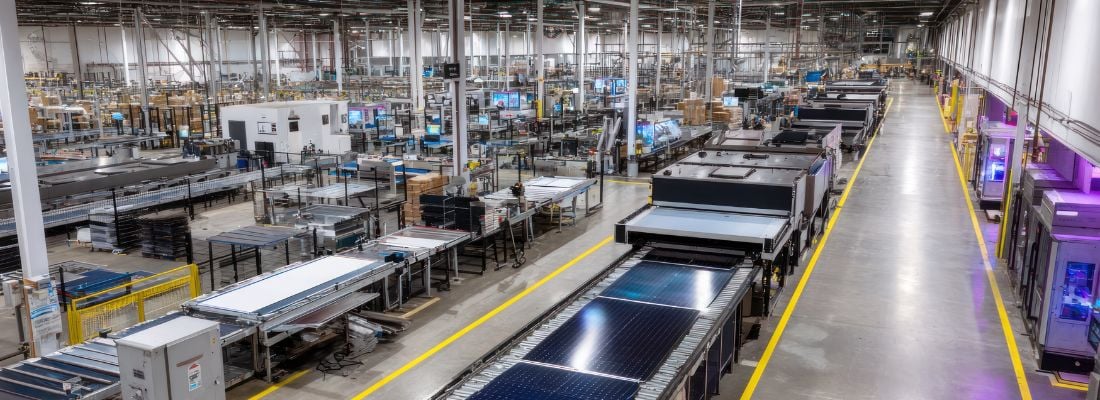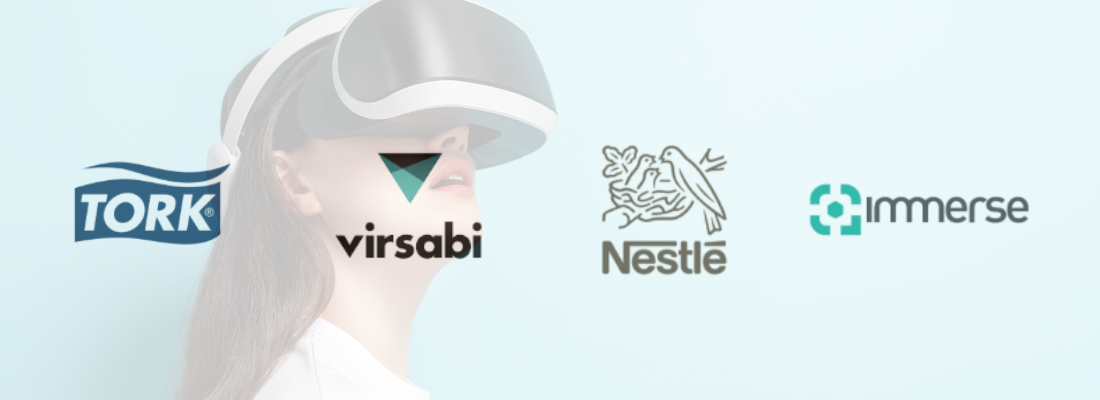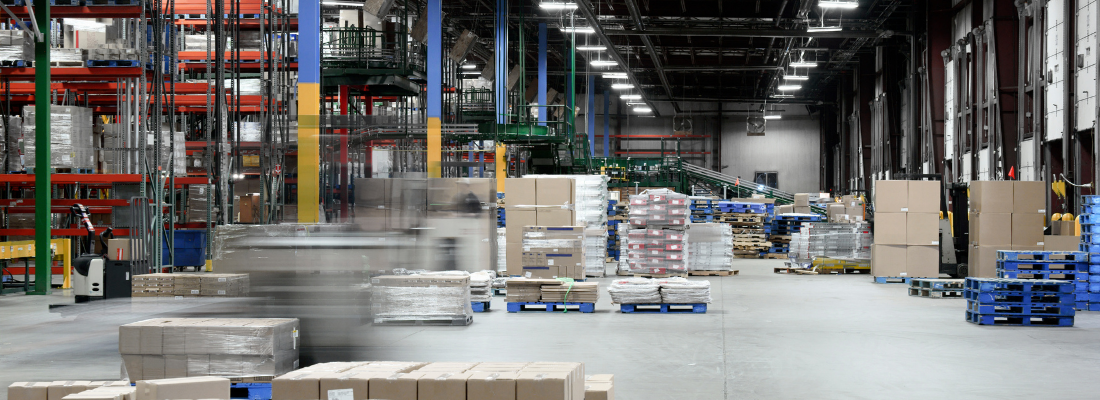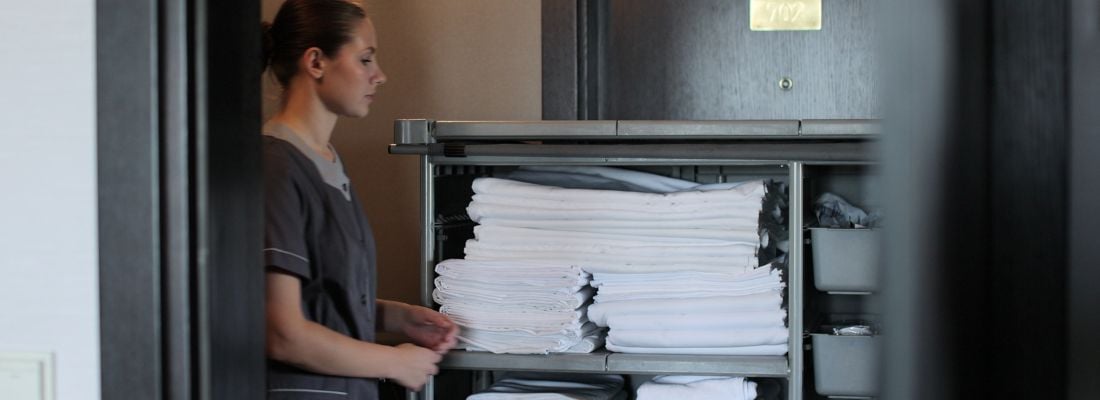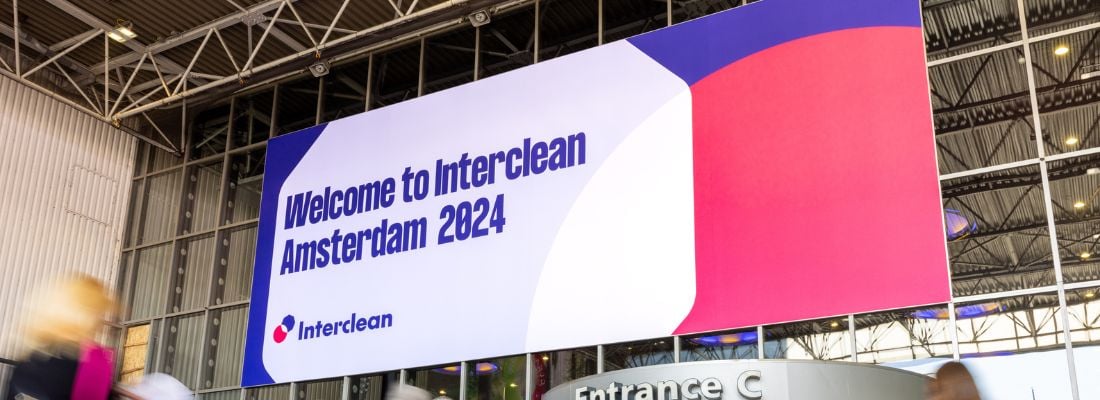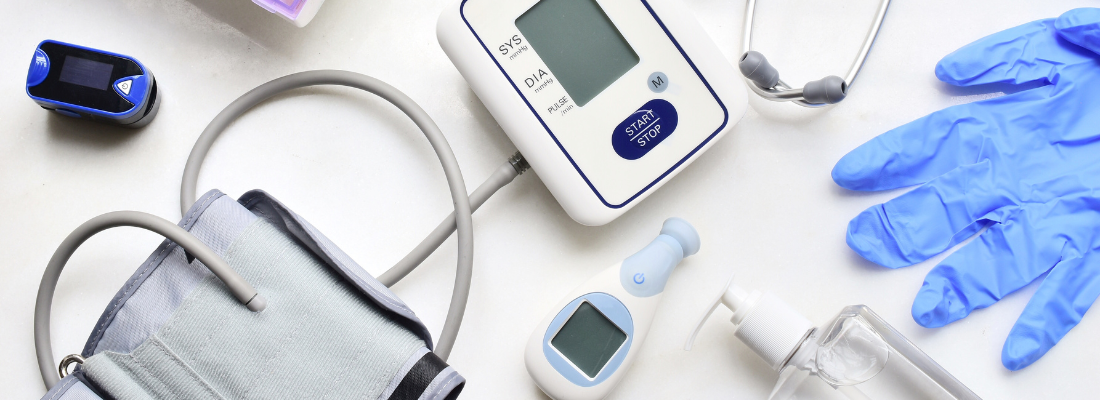Essential Guide to Cleaning & Hygiene in Industrial & Manufacturing Facilities
In industrial and manufacturing environments, hygiene has shifted from a routine operational duty to a strategic business priority. Tougher regulations, ambitious sustainability targets, and ongoing labour shortages mean cleaning is now inseparable from operational performance and brand reputation. A single lapse can halt production, trigger recalls, and erode customer trust, while supply chain transparency puts hygiene standards firmly in the spotlight. This guide equips facility managers, EHS leaders, operations teams, and procurement stakeholders with practical strategies and industry insights to strengthen compliance, boost efficiency, and build resilience in hygiene-critical operations
Building Compliance-Ready Hygiene Systems in Industrial Facilities
Even the most advanced hygiene strategy is only as strong as its base. In industrial and manufacturing facilities, that foundation means systems that meet regulations, align with production cycles, and withstand daily operational pressure. Four core practices form the backbone of strong hygiene standards:
Hygiene zoning as the first line of defence
Segmenting facilities by contamination risk is essential. Clear boundaries, signage, and colour coded tools keep cleaning methods and equipment where they belong. This discipline prevents cross contamination and minimises the risk of recalls, shutdowns, or safety incidents.
Synchronising cleaning with production cycles
Strong hygiene practices complement operations rather than interrupt them. By aligning cleaning schedules with shift changes, equipment maintenance, and production pauses, facilities maintain momentum while meeting hygiene requirements. Well-timed routines reduce downtime and avoid last-minute fixes.
Clear documentation for confident audits
Regulators expect proof, not promises. Digital logs and automated checklists provide a transparent trail of completed tasks, highlight recurring issues, and simplify audits. Strong recordkeeping turns compliance into a proactive performance tool rather than a reactive burden.
Keeping communal areas clean
Breakrooms, locker rooms, and offices often escape the scrutiny of production floors, but they matter. Clean communal areas safeguard workforce wellbeing and reinforce a culture of hygiene across the facility. These foundations ensure hygiene is consistent, credible, and ready to support more advanced strategies.
Investing in Long-Life Industrial Cleaning Equipment
Technology plays a central role in industrial hygiene, but its true value lies in reliability. In environments where cleaning systems run around the clock, equipment must deliver durability, efficiency, and measurable return on investment from the outset.
Longevity that pays back
Industrial cleaning equipment often runs continuously under tough conditions. For instance, smart scrubber-dryers with modular parts, autonomous floor machines with upgrade paths, and drone-assisted exterior cleaning supported by remote diagnostics all help minimise downtime and extend service life. Selecting technology built for long-term use turns each machine into a higher return investment.
Interesting? Read the full report here
Receive the best newsletter on cleaning & hygiene - straight to your inbox!
We promise never to send you spam and you can unsubscribe at any time!
